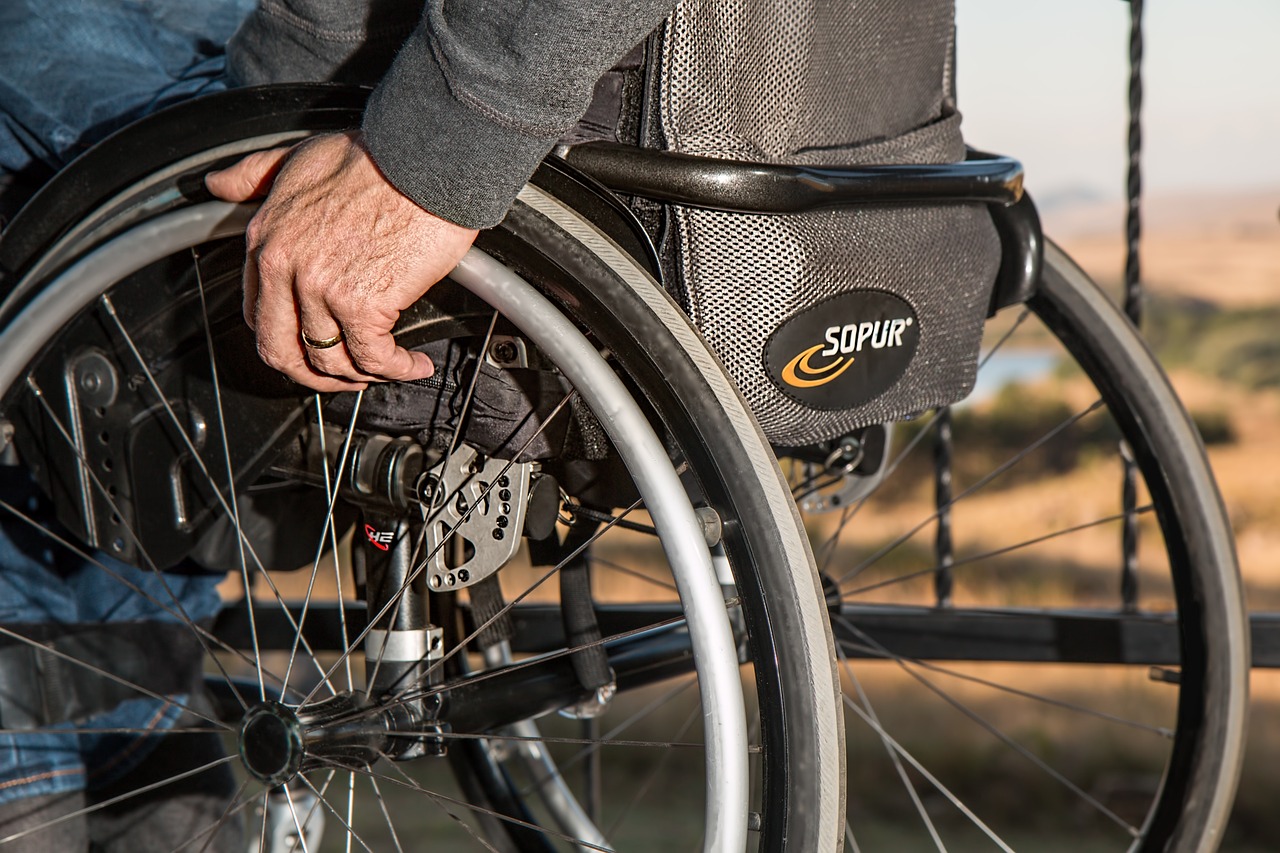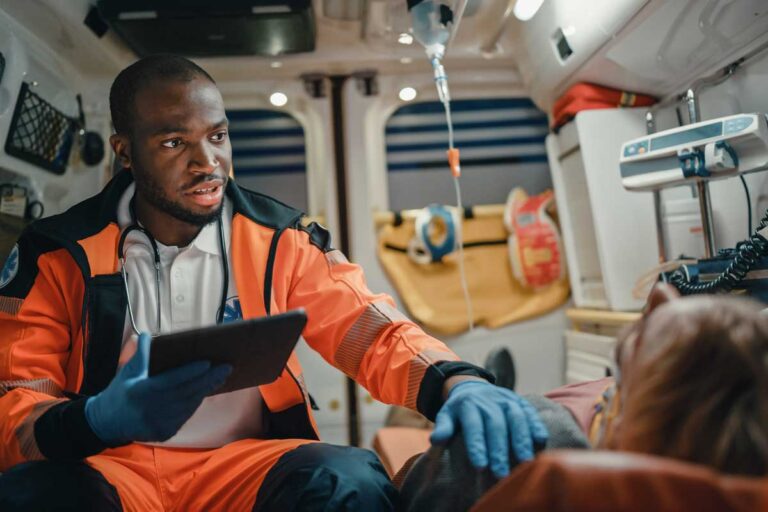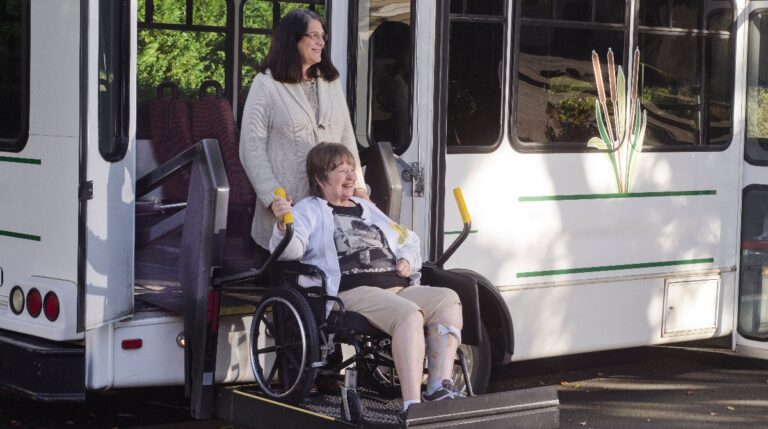Patient transportation services play a crucial role in the healthcare industry, ensuring that patients are safely and efficiently transported to and from medical facilities. With advancements in technology and changes in healthcare policies, it’s important to stay up-to-date on the latest trends and innovations in patient transportation. This guide will provide valuable insights to help healthcare providers improve patient care and stay ahead of the curve.
The rise of ride-sharing services in healthcare.
Ride-sharing services like Uber and Lyft have become increasingly popular in the healthcare industry as a means of patient transportation. These services offer a convenient and cost-effective alternative to traditional ambulance services for non-emergency medical transportation. Many healthcare providers have partnered with ride-sharing companies to provide transportation for patients to and from medical appointments, reducing wait times and improving access to care. However, it’s important to ensure that ride-sharing services are properly equipped to handle the unique needs of patients, such as those with mobility issues or medical equipment.
The use of telemedicine for remote patient transportation.
Telemedicine is becoming an increasingly popular option for remote patient transportation. With telemedicine, patients can receive medical consultations and advice from healthcare professionals without leaving their homes. This can be particularly beneficial for patients who live in rural or remote areas, where access to medical care may be limited. Telemedicine can also be used to monitor patients remotely, allowing healthcare providers to detect and address potential health issues before they become serious. As technology continues to advance, telemedicine is likely to become an even more important tool for patient transportation and care.
The integration of AI and machine learning in patient transportation.
Artificial intelligence (AI) and machine learning are revolutionizing the healthcare industry, and patient transportation is no exception. These technologies can be used to optimize transportation routes, predict patient needs, and even monitor patient health during transport. For example, AI-powered sensors can detect changes in a patient’s vital signs and alert healthcare providers if intervention is needed. As AI and machine learning continue to evolve, we can expect to see even more innovative solutions for patient transportation services.
The adoption of eco-friendly transportation options.
As the world becomes more environmentally conscious, the healthcare industry is also looking for ways to reduce its carbon footprint. One trend in patient transportation services is the adoption of eco-friendly transportation options, such as electric or hybrid vehicles. These vehicles produce fewer emissions and are more fuel-efficient, making them a more sustainable choice for patient transport. Additionally, some healthcare facilities are exploring the use of bicycles or other non-motorized transportation options for short-distance patient transport. These eco-friendly options not only benefit the environment but also contribute to a healthier and more sustainable future for all.
The importance of patient-centered transportation services.
Patient-centered transportation services are crucial for providing quality healthcare. Patients who require transportation to and from medical appointments or procedures often have unique needs that must be addressed. For example, patients with mobility issues may require specialized vehicles or equipment to ensure their safety and comfort during transport. Patient-centered transportation services take into account these individual needs and provide personalized care to ensure that patients arrive at their destination safely and on time. By prioritizing patient needs and preferences, healthcare providers can improve patient satisfaction and outcomes.




